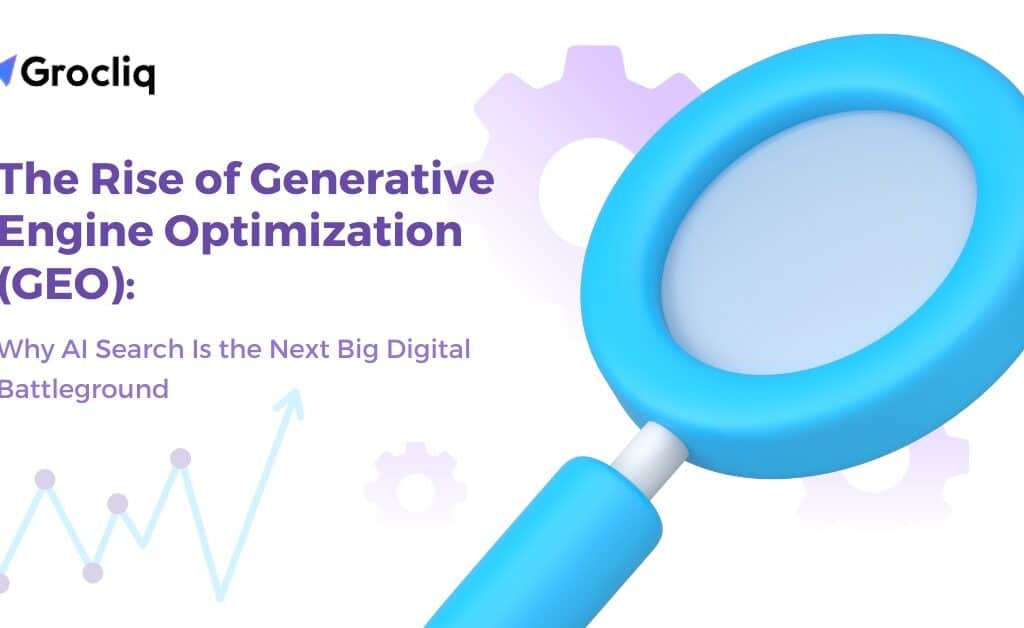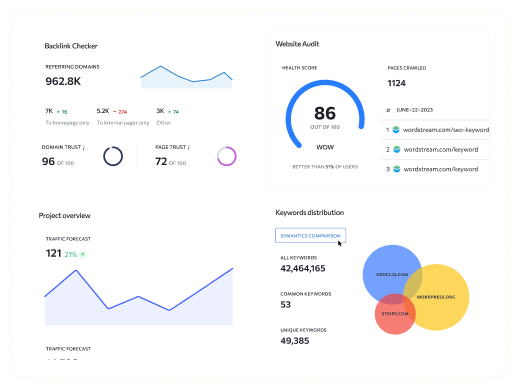In the dynamic world of B2B SaaS marketing, understanding the nuances between demand generation and lead generation is crucial for driving successful campaigns and maximizing ROI. Both concepts are integral components of a comprehensive marketing strategy, but they serve distinct purposes and require tailored approaches to achieve desired outcomes. Let’s delve into the differences between demand generation and lead generation and explore how they contribute to the growth of B2B SaaS businesses.
Demand Generation:
Demand generation focuses on creating awareness and interest in a company’s products or services among potential customers. It encompasses a variety of marketing activities aimed at generating demand and stimulating interest in the market. The primary goal of demand generation is to build a pipeline of qualified leads by nurturing prospects through the different stages of the buyer’s journey.
Key tactics employed in demand generation include content marketing, inbound marketing, social media engagement, email marketing, and events. These strategies are designed to attract and engage target audiences, educate them about the value proposition of the product or service, and ultimately encourage them to explore further.
Lead Generation:
Lead generation, on the other hand, is focused on identifying and capturing potential customers who have expressed interest in a company’s offerings. Unlike demand generation, which casts a wider net to create awareness, lead generation involves more targeted efforts to acquire contact information and initiate direct communication with prospects.
Common lead generation tactics include gated content, lead magnets such as ebooks or whitepapers, webinars, free trials, and interactive tools. These tactics are aimed at enticing prospects to provide their contact details in exchange for valuable resources or experiences, thereby allowing businesses to follow up and nurture leads towards conversion.
Key Differences:
- Focus: Demand generation aims to create interest and awareness among a broader audience, while lead generation focuses on identifying and capturing specific individuals or companies interested in the product or service.
- Timing: Demand generation activities typically occur at the top of the sales funnel, nurturing prospects and building relationships over time, whereas lead generation is more focused on initiating direct contact with potential leads who are further along in the buying process.
- Metrics: Demand generation success is often measured by metrics such as brand awareness, website traffic, and engagement, while lead generation success is evaluated based on metrics like lead quantity, lead quality, and conversion rates.
- Approach: Demand generation employs a multi-channel, long-term approach to building relationships and establishing credibility, whereas lead generation involves more targeted, short-term tactics aimed at capturing immediate interest and generating leads.
- Integration: Both demand generation and lead generation are integral components of a comprehensive marketing strategy and should be integrated seamlessly to drive optimal results. A cohesive approach that combines awareness-building efforts with lead capture and nurturing activities is essential for maximizing ROI and driving sustainable growth.
FAQs:
Q1. What is the main goal of demand generation?
The main goal of demand generation is to create awareness and interest in a company’s products or services among potential customers, ultimately building a pipeline of qualified leads.
Q2. How does lead generation differ from demand generation?
Lead generation focuses on identifying and capturing specific individuals or companies interested in a product or service, while demand generation aims to create awareness and interest among a broader audience.
Q3. What are some common tactics used in demand generation?
Common tactics in demand generation include content marketing, inbound marketing, social media engagement, email marketing, and events aimed at attracting and engaging target audiences.
Q4. What metrics are used to measure lead generation success?
Lead generation success is often measured by metrics such as lead quantity, lead quality, conversion rates, and the effectiveness of lead nurturing efforts.
Q5. Why is it important to integrate demand generation and lead generation strategies?
Integrating demand generation and lead generation strategies ensures a cohesive marketing approach, maximizing ROI and driving sustainable growth by combining awareness-building efforts with lead capture and nurturing activities.





